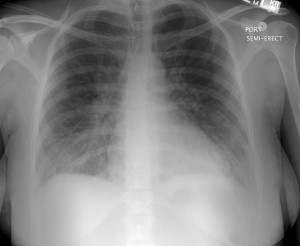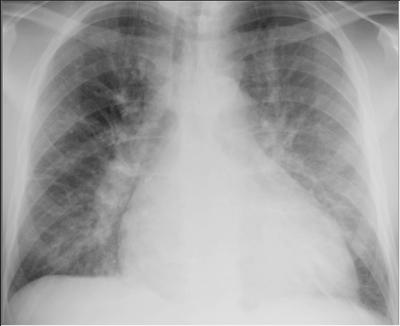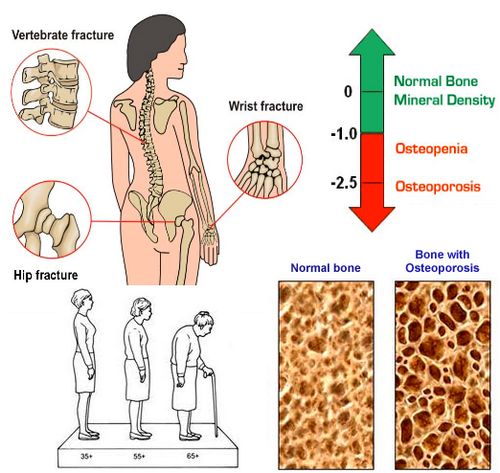Non Cardiogenic Pulmonary Edema
NONCARDIOGENIC PULMONARY EDEMA
Noncardiogenic pulmonary edema(NCPE) results from
- elevated pulmonary capillary hydrostatic pressure
- damage to vascular endothelium by factors that disrupt pulmonary surfactant and decrease lung compliance.
CAUSES:
- drug overdose
- near drowning
- thermal injury
- inhalation of toxic gases
- trauma
- sepsis
- shock
- high altitude illness
- pulmonary embolism
- ARDS
- pulmonary lymphatic obstruction
- aspiration of gastric contents
- disseminated intravascular coagulation
CLINICAL PRESENTATION:
- Main symptoms are dyspnea and tachypnea.
- On physical examination- presence of bilateral rales
DIAGNOSTIC TESTS:

ABG – used to assess the need for mechanical ventilation.
– respiratory alkalosis, hypoxia and an elevated A-a gradient are noted.
CHEST RADIOGRAPH–shows a normal-sized heart, distinguishing NCPE from cardiogenic pulmonary edema, in which cardiomegaly is usually present.
-shows patchy alveolar infiltrates.
ECG–to rule out rhythm disturbances as a cause for dyspnea and tachypnea.
TREATMENT– of the underlying cause is the most important.
It is also necessary to monitor and manage ABCs including supplemental O2.
Mechanical ventilation may become necessary.
Most patients with NCPE should be hospitalised.
Patients who are intubated and those with impending respiratory failure should be admitted to ICU.
Patients who do not have significant hypoxia can be discharged after 6 hrs of observation.


